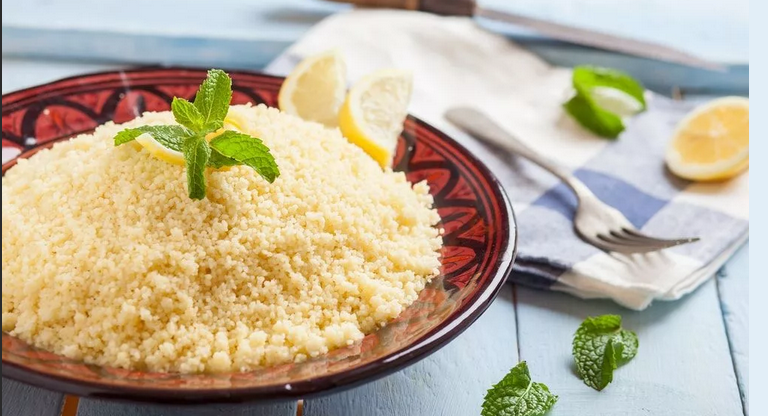If you have diabetes, insulin resistance, excess weight, then it is important to know the glycemic cereal index. Read more in the article.
Contents
- What is a glycemic index?
- How does a glycemic index affect the body?
- Croats with low glycemic index for diabetics, weight loss: table
- Croats with a high glycemic index: Table
- How does cook affect a glycemic index?
- How does the addition of milk and sugar affect when cooking porridge?
- Glycemic index of corn cereals, couscous, millet, barley, buckwheat, half a half, oatmeal, soy, Bulgur, Kinoa, Poltava, Manna, Barley, wheat, pearl barley on the water
- Video: What porridge can be consumed for diabetes?
The use of food containing carbohydrates is necessary to maintain full energy metabolism in the body. But they also have their own contraindications that are associated with an indicator of their glycemic index. Food products with high GI are prohibited by diabetics and obese persons. Therefore, it is so important to monitor nutrition in the presence of these pathologies.
Groups are the most frequently used type of nutrition. The opinion is that they bring continuous benefit to the body. After all, they have their own glycemic index, and in some species it is quite high. Fortunately, it is not difficult to find out the gi cereals, and a special table is used for this. Read further.
What is a glycemic index?
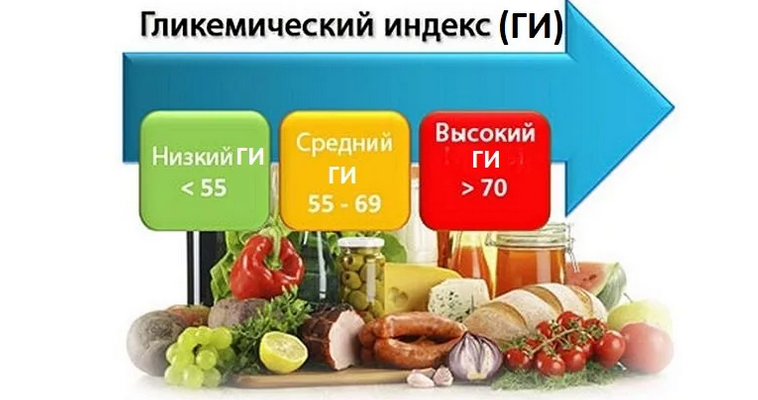
The glycemic index (GI) is the effect of the relative indicator of carbohydrates in food on the level of glucose in human blood. Index 100 Glucose is equivalent. Using the determination of the GI, you can predict how many units will increase the concentration of sugar in the blood in 2 hours After eating.
This indicator is a kind of display of the quality of the products used. But it is conditional, because, depending on certain factors, the features of the same type of cereals (or other products) may vary greatly.
How does a glycemic index affect the body?
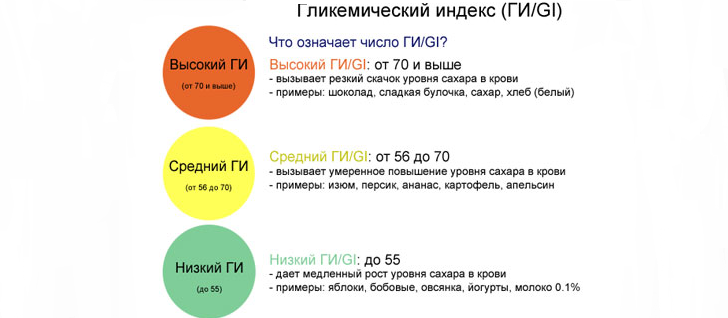
The degree of saturation of the body with carbohydrates and the level of energy reserve depends on the glycemic index. Once in the digestive tract, such products begin to be actively processed, and the components contained in it are absorbed into the blood. Next, there is a complex biochemical process in which carbohydrates are directly involved. How does a glycemic index affect the body?
This is manifested as follows:
- After the breakdown of food in the digestive tract, an increase in blood glucose occurs. He reaches his peak about half an hour after that. The level of this peak is already directly dependent on the quality and type of carbohydrate.
- When the pancreas is activated, it begins to secrete the hormone insulin. Under its influence, there is a gradual decrease in the concentration of sugar in the blood serum. Gradually, it reaches a normal level - 1 g/l.
The further action of carbohydrates depends on the activity of insulin. One of 2 options is possible:
- The carbohydrate molecule increases the energy supply, allows a person to become more actively involved in the work.
- Carbohydrates do not take active participation in energy exchange, but contribute to the thickening of the fat layer.
These processes are purely individual, they are extremely difficult to predict. They depend on the individual characteristics of the human body, the general state of health, nutrition and lifestyle.
Croats with low glycemic index for diabetics, weight loss: table
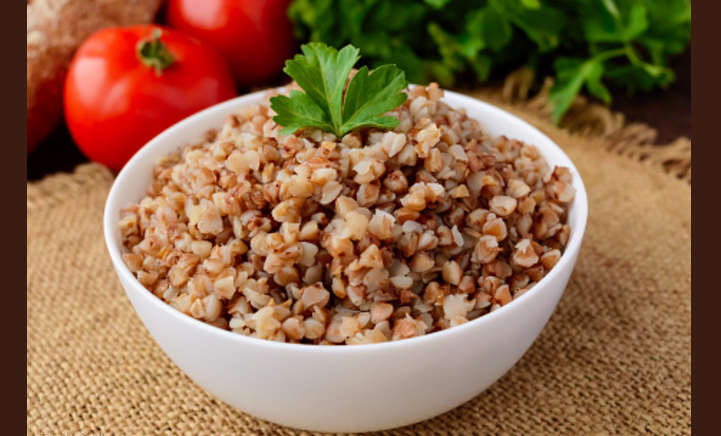
Each type of croup has its own indicator of glycemic index. More information is provided in the table below. These are low GI foods that can be eaten by diabetics for weight loss.
| № | A variety of cereals | Hi indicator | Calorie content per 100 g |
| 1 | Buckwheat | 40 | 110 |
| 2 | Rye (grain) | 35 | 283 |
| 3 | The rice is cleaned | 37 | 125 |
| 4 | Maize | 35 | 81 |
| 5 | Amaranth | 35 | 371 |
| 6 | Lentils | 30 | 116 |
| 7 | Peas | 22 | 81 |
| 8 | Flaxseed cereals | 35 | 247 |
| 9 | Rice bran | 19 | 316 |
| 10 | The rice is wild | 35 | 357 |
These are the types of cereals that can be used without fear for diabetes. They are also recommended to be used in the presence of excess weight and insulin resistance. All other cereal varieties are divided into such with the middle and high gi. Their use with the above problems is undesirable.
Croats with a high glycemic index: Table

Croats with a high glycemic index are essentially useless, and sometimes even harmful. They give a feeling of rapid saturation and rapidly increase the level of glucose in the blood. They have no special nutritional value. Here we are not talking about calories, which are really many in such cereals.
The fact is that the concentration of glucose falls as quickly as it rises. For this reason, you do not need to count on a long sense of saturation when using such products. But the carbohydrates that are contained in them quickly transform into fats, which with overweight only exacerbates the problem, as well as with diabetes.
Croats with a high glycemic index - table:
| № | The name of the cereal | Hi indicator |
| 1 | Millet | 70 |
| 2 | Millet | 71 |
| 3 | Rice white flavored with jasmine | 70 |
| 4 | Long -grain rice | 60 |
| 5 | The rice is ordinary | 72 |
| 6 | Rice of quick preparation | 75 |
| 7 | Rice Kamarg | 60 |
| 8 | Sorgho, or Sudanese grass | 70 |
It is worth knowing: The table shows products with a high glycemic index, but among them there are those in which it is at the middle stage. The fact is that the only correct opinion of experts regarding the GI of GI on low, medium and high is not. But there is only one conclusion, for diabetics and losing weight people cereals with index above 55 Not suitable.
How does cook affect a glycemic index?

It is known that when cooking products, their carbohydrate component increases, since starchy grows. Typically, when cooking cereals, their glycemic index increases, and in some other types of products - 2-3 times. However, this is not always the case. If the cereal is not cooked for long, then its indicators may remain unchanged. It all depends on several factors. Such states affect:
- Varieties of cereals
- Initial gi
- Duration of cooking
- Proportions of ingredients
Advice: To reduce the glycemic index by several more additional units, before cooking cereals, it must be soaked in a small amount of water. Duration of the procedure - from 10 minutes to 1 hour. But it all depends on the variety of cereals and its ability to absorb moisture.
If you want the indicators of the cereal to remain unchanged, then you can, for example, do not boil buckwheat, but simply soak for the night. In the morning, just heat the finished porridge and eat. It will be as tasty as after cooking.
How does the addition of milk and sugar affect when cooking porridge?
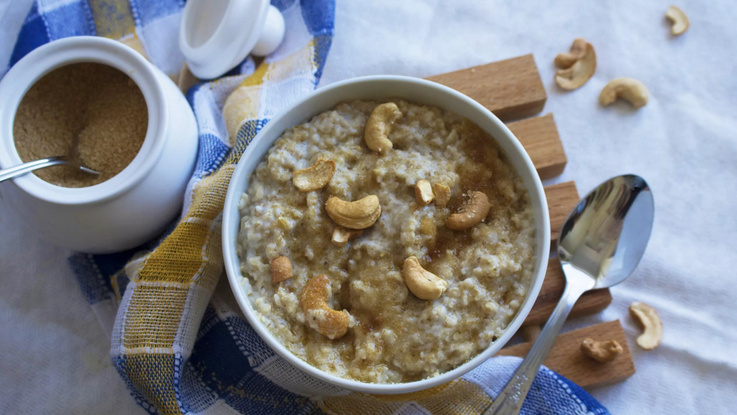
Diabetics know that it is better to cook porridge on the water. How does the addition of milk and sugar affect when cooking porridge? This is strictly forbidden to do if you want to reduce weight or you have sah. diabetes.
- The fact is that the addition of milk or sugar to cereal porridge increases its common glycemic index.
- This is because milk contains fat, and sugar - glucose.
- Exactly other additives act on the same principle. For example, butter or nuts.
It is worth noting that not all cereals and do not always become highly carbohydrate when adding additional products. Take, for example, Bulgur. If you pour milk into it or pour sugar when cooking, then its gi will not rise above 45 units. But when frying, the situation changes dramatically, and gi dishes increases sharply 3 times.
Glycemic index of corn cereals, couscous, millet, barley, buckwheat, half a half, oatmeal, soy, Bulgur, Kinoa, Poltava, Manna, Barley, wheat, pearl barley on the water
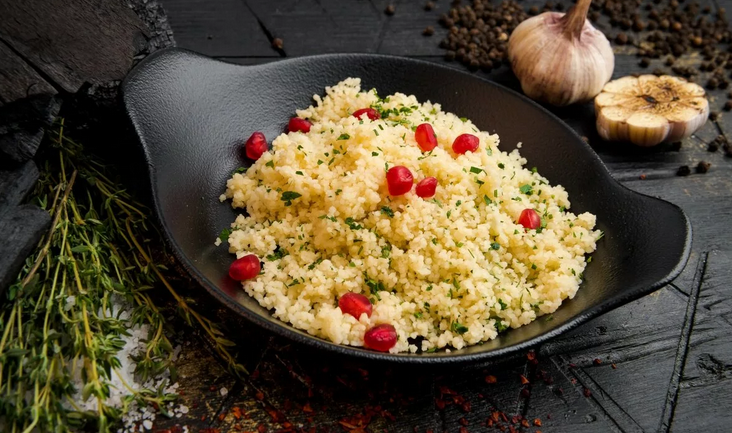
Cusus, millet, buckwheat, halfba and other types of cereals, are the most popular today. They, like other varieties of these products, can change their glycemic index depending on the form in which they are served to the table. Detailed information prepared in water on the water is displayed in the table.
| № | Group | Glycemic index | Brief useful information |
| 1 | Cossus | 65 | This is one of the varieties of wheat cereal. It contains a lot of copper, useful for the musculoskeletal system. The GI indicator is defined as average. |
| 2 | Corn | 65-70 | The product is a source of vitamins and minerals. Positively affects the nervous system. The GI indicator is medium. |
| 3 | Millet | Up to 70 | Guy depends on the density of porridge - is average. The millet is useful for bones and teeth, as it contains a lot of calcium. |
| 4 | Barley |
Raw cereals - 35 Ready porridge - 50 |
In this case, even the cooks do not reduce her gi. On the contrary, it raises it. And if you add milk, butter or sugar, then this indicator will become even higher. But still he will remain at a low level. |
| 5 | Buckwheat |
Raw - 40 Boiled - 50 |
Buckwheat absorbs moisture well, so if you soak it before cooking porridge, GI will decrease. It is at a low level in both cases. |
| 6 | Polba | 40 | Another type of wheat cereal. The use of dishes based on this product helps to protect the body from radioactive radiation. Guy is low. |
| 7 | Oats |
Raw - 40 With water - 40 With milk - 60 With milk and 1 spoon of sugar - 60 |
Oatmeal cleanses the intestines, promotes weight loss. Depending on the method of processing its GI varies from low to medium. |
| 8 | Soy | 15 | Soy is rich in proteins that are necessary for every person. It is widely used in dietetics. Her glycemic index is very low. |
| 9 | Bulgur | 45 | Contains all the necessary vitamins (E, K, etc.) and minerals. It has a positive effect on the digestive system. Guy is low. |
| 10 | Kinoa | 40-50 | This indicator of the glycemic index is characteristic of only 80 g of grain. It is at a low level. Kinoa contains omega-3 acids. It is useful for the nervous, digestive and endocrine systems. |
| 11 | Poltava cereal | 70 | This is another variety of wheat cereal. The glycemic index is regarded as high. |
| 12 | Semolina |
Raw - 60 Boiled-70-80; With milk and a spoon of sugar - 95 |
Small porridge is suitable for people with a low body weight. Its glycemic index varies from medium to high - depending on thermal treatment and the presence of additional ingredients. |
| 13 | Barley | 35 | A variety of barley cereals. It has high nutritional power, but is not transformed into subcutaneous fat. Guy is low. |
| 14 | Wheat | 40-65 | The glycemic index depends on the type of cereal (they are described earlier-halfba, kus-bus and bulgur). Wheat porridge is considered a high -calorie product. But it positively affects the digestive tract and triggers regenerative processes in the body. Guy changes from low to medium. |
| 15 | Pearl barley | 22-30 | The glycemic index is low. This is truly a dietary product. Pension cereals are very useful for patients with diabetes, as it contains substances that can reduce blood glucose. |
All of the above cereals are good for health in their own way. But the glycemic index is determined for a reason. It makes it possible to determine how safe this or that product is safe for humans. Knowing this simple information, you can develop the most suitable menu for yourself and the family. Good luck!

